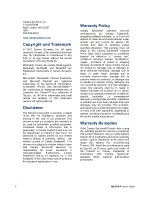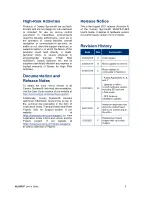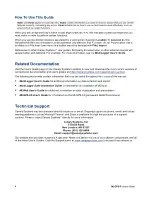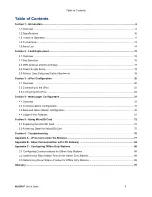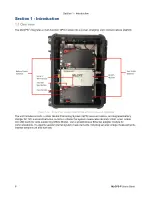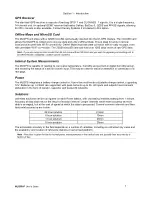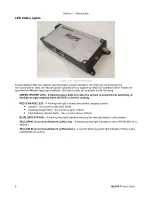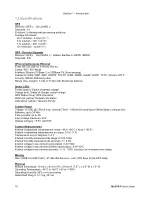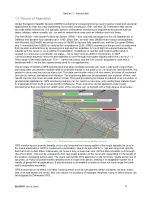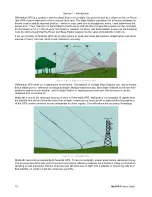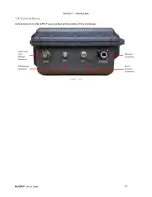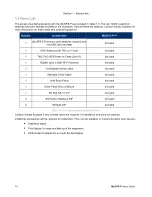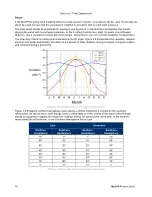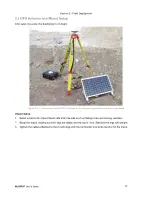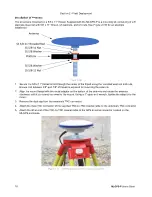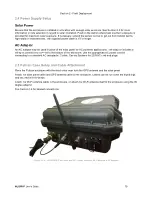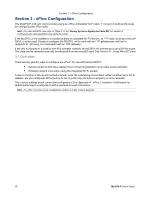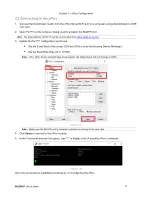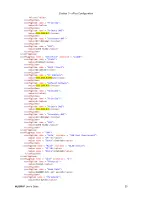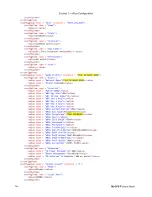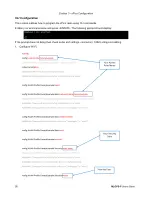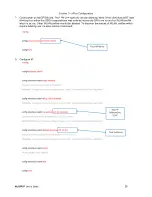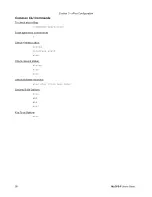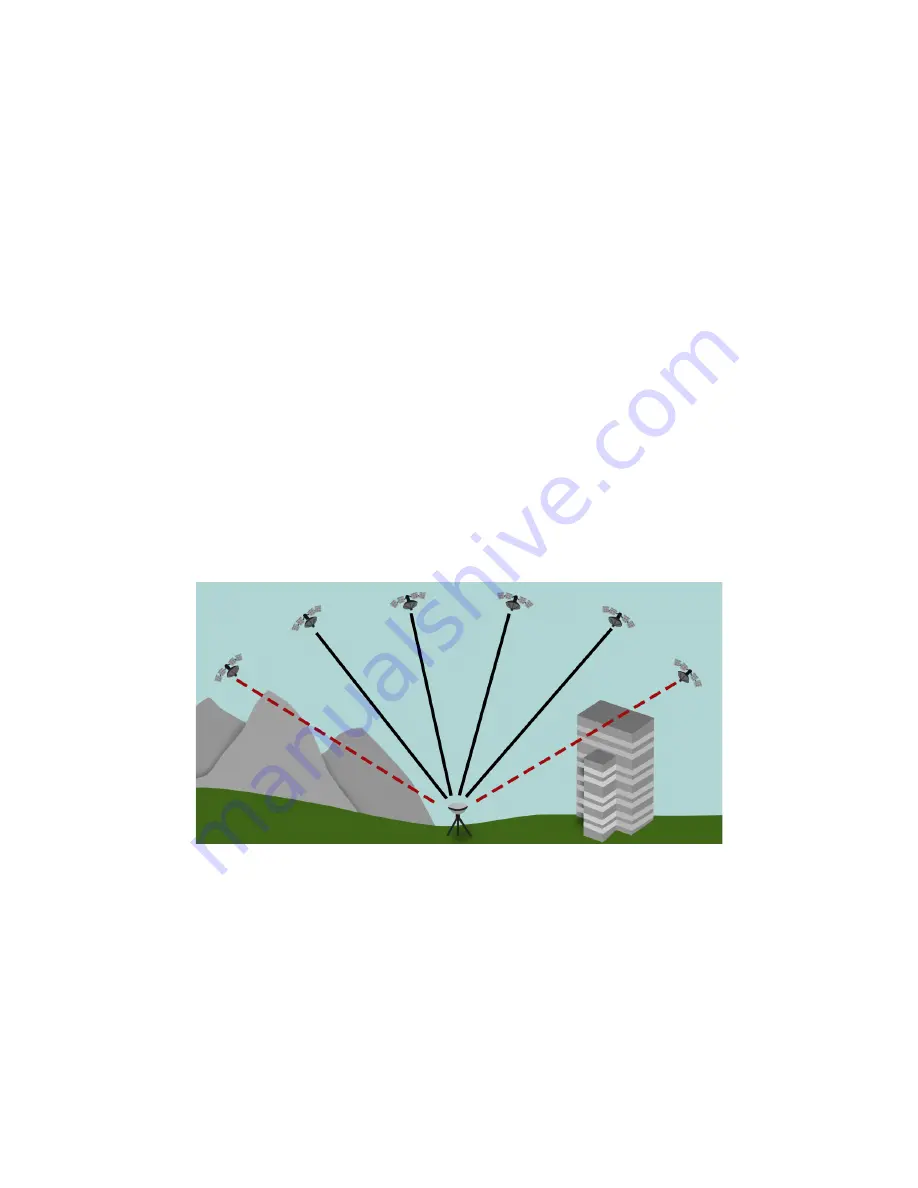
Section 2 - Field Deployment
MLGPS-P
User's Guide
15
Section 2 - Field Deployment
2.1 Overview
The MLGPS-P is intended as a non-permanent, portable device for short term deployments. It can be placed at
a site for weeks or months as needed, then moved to a different location for the next project.
There are several steps required for field deployment, summarized as follows:
▪
Select a site appropriate for GPS monitoring
‒ See Section 2.2
▪
Setup the tripod and mount the antenna
‒ See Section 2.3
▪
Setup the power supply
‒ See Section 2.4
▪
Setup the pelican case and attach the cables to the enclosure
‒ See Section 2.5
2.2 Site Selection
There are three major constraints when deciding on where to install the enclosure:
GPS Signal
,
Stability
, and
Power
.
GPS Signal
As GPS monitoring depends on an unobstructed line of sight, the antenna must be placed in a location where
line-of-sight from horizon to horizon, and at all bearings and elevations, is maximized. Locate the antenna away
from trees, buildings or other obstructions that would block the sky view, and be sure to note the potential for
future obstructions (vegetation growth, construction, etc.) for the site. If obstructions are unavoidable, the
antenna should be positioned so that the obstructions are to its north. This is due to the design of the GPS
satellite constellation, which causes a void of satellites in the North sky.
(Figure 2.2 A ‒ An illustration of Sky View, with potential obstructions and satellite geometry shown)
Multipath is the loss of accuracy caused by reflected satellite signals. To reduce multipath error, locate the
antenna away from reflective objects, if possible. When there are reflective surfaces and obstructions within 30
meters, mount the antenna as high as possible. Otherwise, mount the antenna as low as possible. Note the
potential for future multipath sources as well.
Stability
The enclosure must be installed upon a stable surface. Stability is especially important if the MLGPS is going to
be used as a Base Station. An MLGPS used as a Base Station must be located on a separate structure or
movement zone from the structure being monitored, on a position known to be stable. Any movement in the
Base Station's location and readings will become inaccurate. Baselines (the distance between the Rover and
Base Station) are not recommended to be beyond 10 km. Additionally, the antenna must be mounted on a
stable mount to prevent movement.


